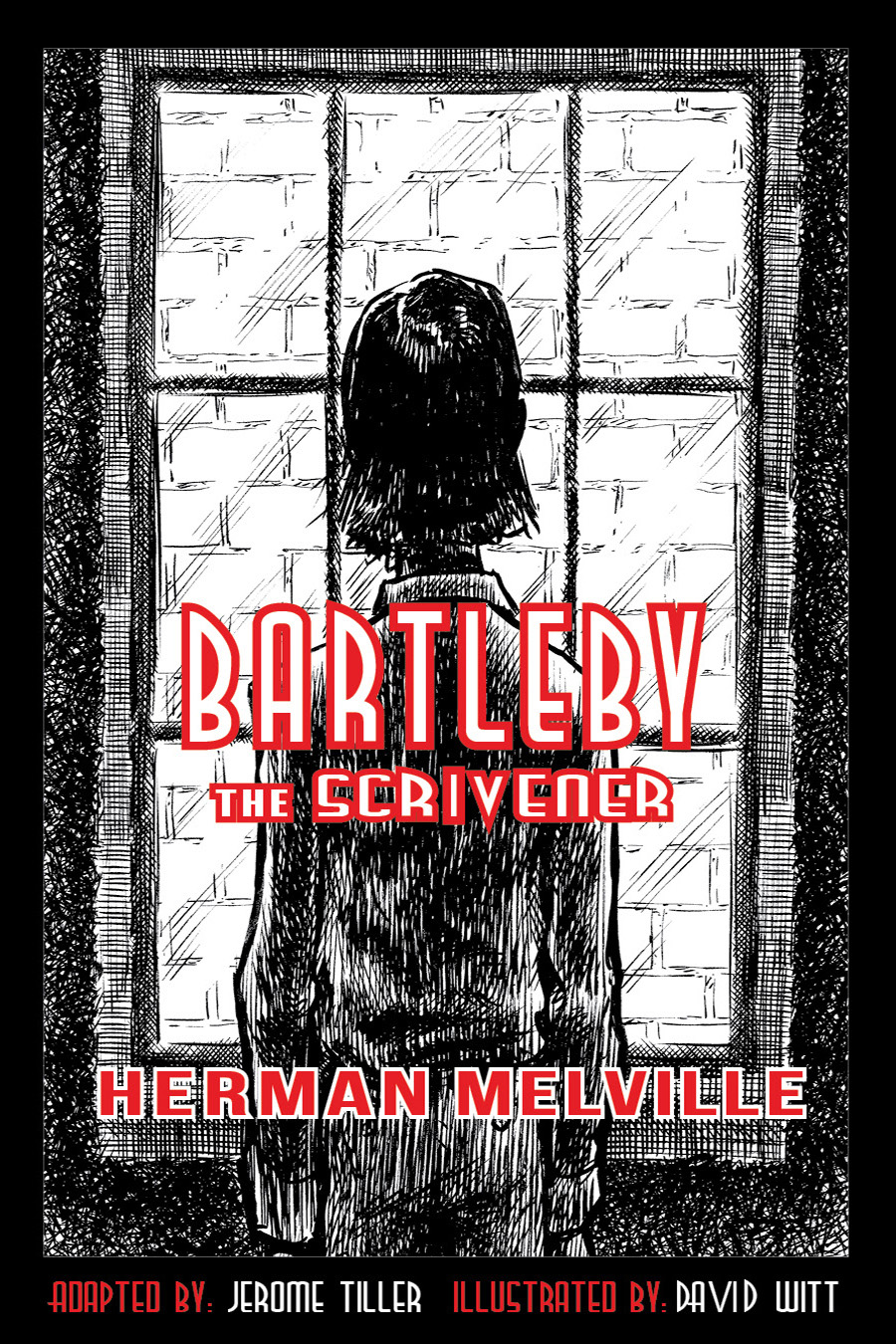Hop-Frog - Righteous Anger and Revenge
Middle school teachers can use Edgar Allan Poe’s Hop-Frog to explore and discuss the topics of righteous anger and revenge. Throw in bullying and it's a trifecta! These topics can grab and hold the attention of middle school students as they develop the skill of searching for meaning in literature. Regular topics for discussion in a middle-school english classroom? Not likely. But worthy of discussion in these tumultuous times? Absolutely—or anytime.
The Hop-Frog story introduces readers to a bully king and his bully counsellors. They had captured two dwarves, Hop-Frog and Trippetta, and forced them into service. The dwarves developed a deep friendship while in captivity. The illustration directly below nicely captures their relationship.

Bullying
The reader of this story can fairly guess the bullies treated servant Tripetta rather tenderly, considering her status. But Hop-frog, a crippled court jester, regularly endures mocking treatment from the king and his counsellors. We can assume he resents his captivity and the bullying, but Poe doesn’t mention that. However, one day the king and his counsellors go too far with their bullying behavior. They disrespect Trippetta. This enrages Hop-Frog. He completely loses it, yet somehow formulates a plan on-the-spot to exact revenge. The plan he hatches also results in the dwarves’ escape to freedom after Hop-Frog burns the king and his counsellors to ashes.
I imagine all readers would agree Hop-frog’s anger was understandable. His anger erupted when the bullies disrespected his friend Trippetta. However, before that incident he had plenty of other reasons to be angry. Losing his freedom and the bullying he endured must have added energy to the eruption and steady outpouring of his anger. Even one instance of any of the abuses that he and Trippetta suffered would have energized anger in anybody. His anger was understandable. But was Hop-Frog’s anger righteous? To settle that, we must move on to the matter of revenge.
Classroom Discussions
This is where class discussions would get interesting. And this is where we feared our Hop-Frog adaptation would be avoided for use by teachers and parents. It’s not the violent nature of the story. Violence abounds in all forms of news and entertainment these days. And modern culture exposes middle schoolers to violence whether we like it or not. It’s the controversial topic of revenge that causes grownups to shield young readers from Hop-Frog. Is revenge ever justified? People’s opinions on that greatly diverge.
In a blog last year I complicated the issue of revenge with the dwarves’ desire to successfully escape captivity. Poe does not indicate that Hop-Frog hatched his plan to burn the king and his counsellors as a means to escape. He treats their escape more as an opportunity than a secondary motive for the grisly murder. So in this blog, let’s set that topic aside and deal with the issue of revenge. But also righteous anger, for the two matters are intertwined.
Righteous Anger & Revenge
Christian theology generally identifies anger as one of the cardinal sins. Yet, many Christian theologians agree that anger is not a sin, provided there is no undue desire for revenge. Which means to decide whether anger is righteous you must also consider the matter of revenge.
Hop-Frog hatched a plot for revenge and methodically put his plan into practice. He didn’t simply react in the moment. He thought it out, chose to act, and followed through with his plan. I cannot cite where the various Christian faith disciplines stand on judging righteous anger, nor other faith disciplines, nor exactly how civil law would view revenge apart from the act or acts that provoked it. But I predict there would be great differences in point of view on these topics. So we haven’t settled anything.
Nor would the question ever be settled in any classroom. As I mentioned in a 2017 blog, literature lends itself beautifully to many points of view. This very quality — you are neither right nor wrong — makes for intriguing classroom discussions. Wheels turn, ideas emerge, voices are heard. Thinking abilities are enhanced and personalities emerge when everyone’s opinion matters. Add in the extra interest and interpretive value that illustrations provide, and you engage even more students in the process of thinking things through and sharing their thoughts.
Poe Illustrated
I’m happy to announce that Hop-Frog will be included in “Poe Illustrated”, our upcoming grouping of three Edgar Allan Poe stories, all masterfully illustrated by Marc Johnson-Pencook. And Hop-Frog alone is always available in economical, single-story editions.
In advance of the publication of Poe Illustrated, here's a link where you can read Hop-Frog in its entirety. But whether you take a free look or not, I introduce to you Hop-Frog the jester, enraged with righteous anger. Oops! I didn’t necessarily mean that! I don’t know whether it’s righteous anger or not. You decide!



